How to propagate philodendron – 3 easy steps to take healthy cuttings from this characterful plant
Experts share step-by-step advice for propagating these easy-to-grow indoor plants
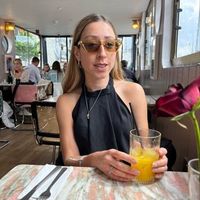

With their heart-shaped, glossy leaves and easy going nature, it is only natural to want to propagate a philodendron. This charming houseplant belongs to the Araceae family and there are hundreds of varieties - many often confused with monsteras and even pothos plants.
Native to Central America and the Caribbean, philodendrons make beautiful indoor plants, and should you want to embrace their unique appeal at home, these are easy plants to grow from cuttings too. When propagating philodendrons, it is crucial that the mother plant is healthy. Taking cuttings from a plant that is not in good spirits is a common houseplant mistake to avoid. So if your philodendron is turning yellow for example, we would recommend you try to get to the root of the problem before propagation.
I have propagated the vast majority of my large houseplant collection over the years, and I can say with confidence that a philodendron is one of the easiest to reproduce. Here are three simple steps for doing it at home - to grow your plant collection for free.
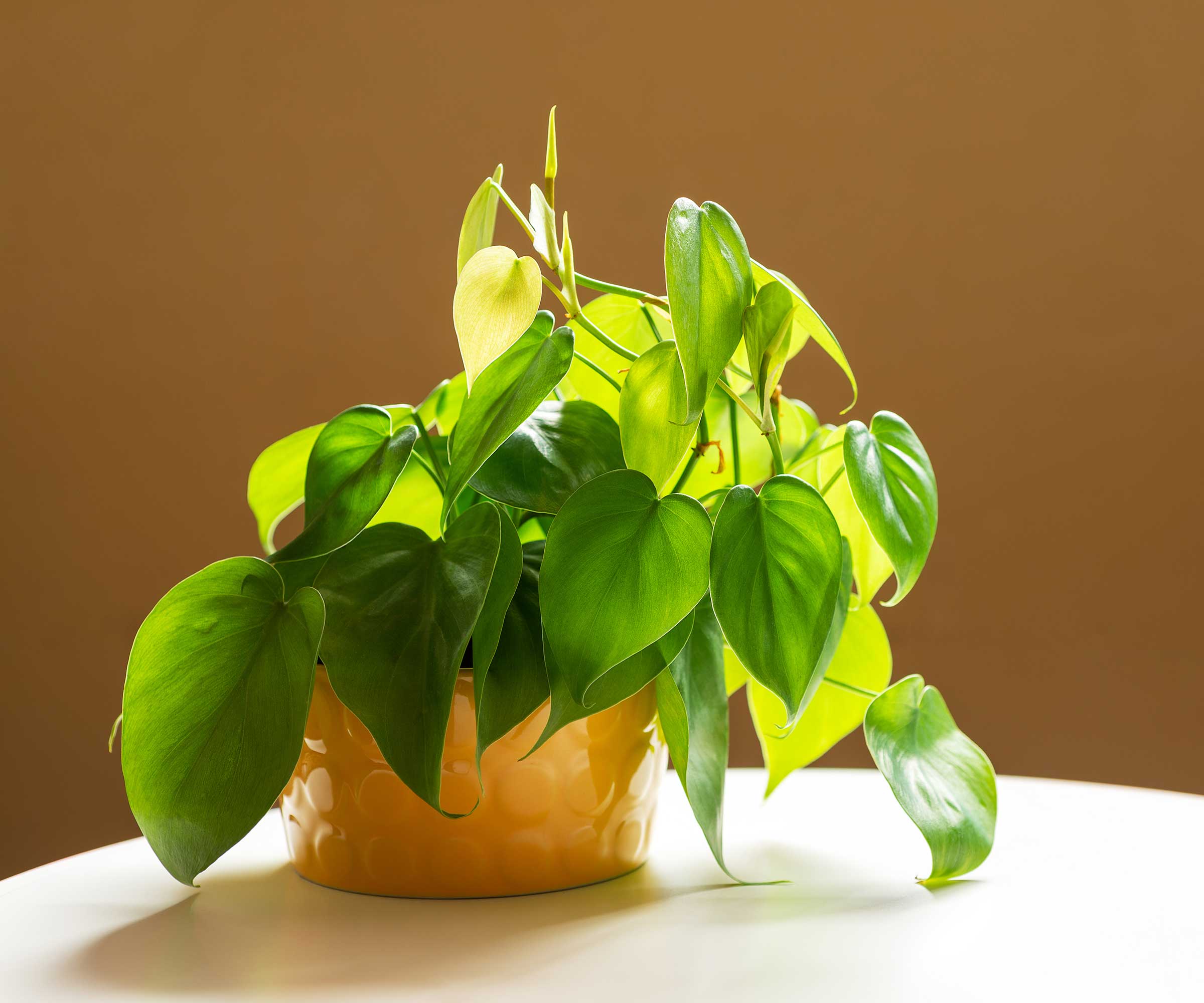
Step-by-step: How to propagate a philodendron using stem cuttings
If your plant is in good shape, you should be able to grow new plants in your home with ease and in a matter of weeks. 'One of the easiest ways to propagate a philodendron is by taking stem cuttings,' says Paris Lalicata, head of plant education and community at The Sill. 'Stem cuttings are a great way to multiply your philodendron for free, and can help rejuvenate an older philodendron that may have grown long and leggy.'
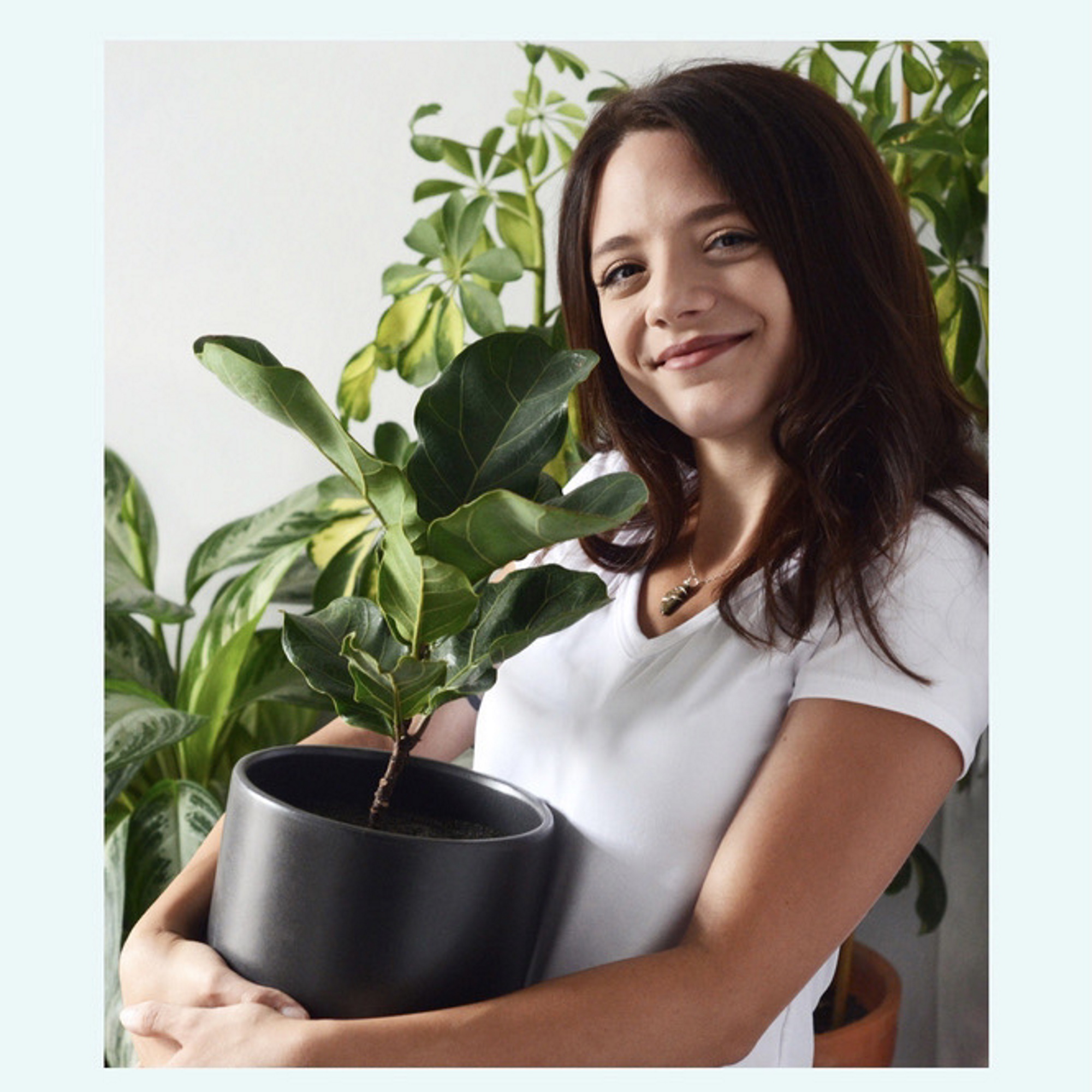
Paris is a self-taught plant expert with over ten years of experience growing houseplants. Alongside leading the Plant Education and Community at The Sill, Paris is also working on becoming a certified sustainable gardener and is actively maintaining an indoor garden of over 200 plants in the north east. ‘My passion is making plant care more digestible for budding plant parents, and sharing the many benefits of having plants indoors,‘ Paris shares with H&G.
1. Find a happy stem with good nodes
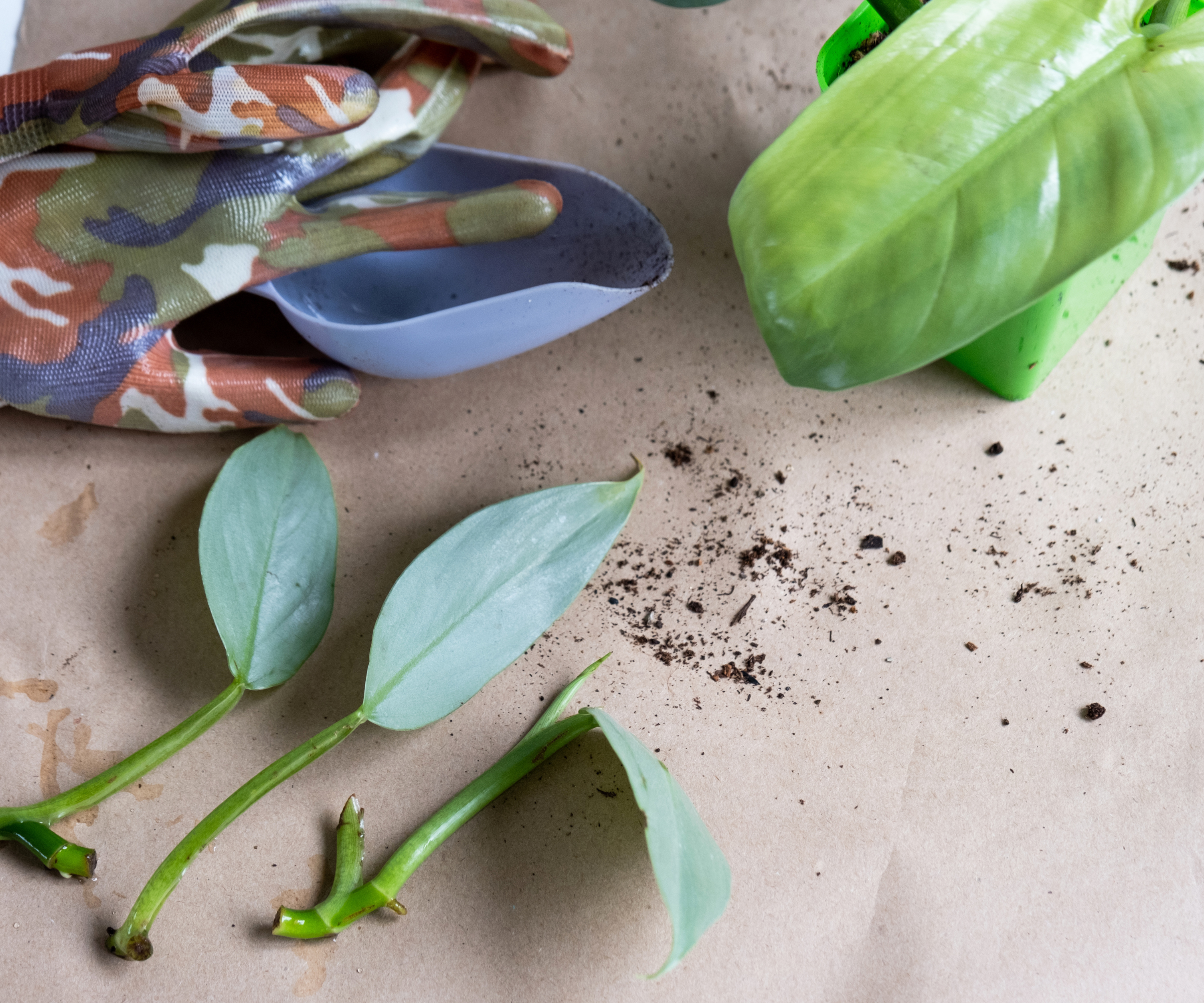
You may be familiar with plant nodes from pruning roses and general houseplant care but if not, nodes are simply where the leaves are attached to the stem. They have a nub-like form and are important as this is where new life will sprout. Experts recommend locating at least two healthy nodes before propagating, aim higher if you can for a better chance of success.
Be sure to clean your pruning shears before you go near them, and ensure you have a long enough cutting available, between four and five inches in length.
'To take a cutting, find a stem that has at least 3-5 leaves on it and use a sharp, sterile pair of fine tip pruners to make a cut at an internode (the length of stem between two leaves) about a quarter of an inch above the nearest node,' continues Paris.
Design expertise in your inbox – from inspiring decorating ideas and beautiful celebrity homes to practical gardening advice and shopping round-ups.
The Sill has a great pair of micro-tip pruning shears which will work for many other houseplants too.
2. Choose to propagate your philodendron in soil or water

'Before inserting the cutting into soil or water though be sure to remove any lower leaves on the stem that would be buried or submerged to prevent rot,' continues Paris. 'This will also help the cutting focus its energy on forming roots faster rather than keeping a bunch of leaves alive.'
Then, choose your growing agent. 'Trailing types of philodendron are easy to propagate from stem cuttings in soil or water,' says Jessica Mercer, senior content marketing coordinator for Plant Addicts. 'I prefer to propagate philodendron cuttings in soil because the cuttings can continue growing in soil after rooting.'
If you choose soil, ensure there is drainage and the soil is slightly moist. Choosing the right pot and soil is key for this stage. 'Dip the cut end in rooting hormone (optional) and plant it in a pot filled with a mix of coconut coir and perlite,' recommends Tony O'Neill, gardening author and content creator.
Coco noir is coconut husk and is readily available on Amazon. If you choose to put your philodendron cutting into water, remember to submerge at least one node and to change the water frequently, not doing so is one of the most common water propagation mistakes.
To make life simpler, a desktop propagation station from Amazon may be useful. 'Roots should start to develop within a few weeks,' continues Tony.
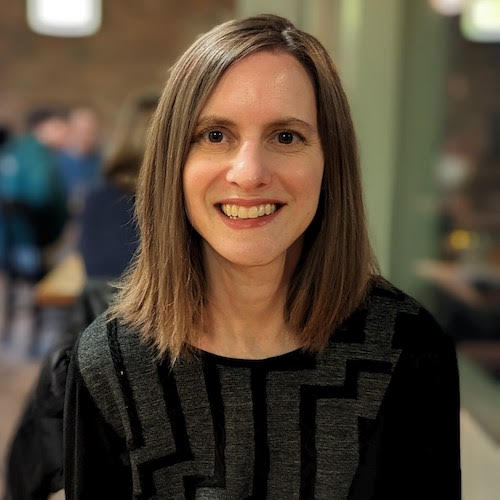
Jessica Mercer, PhD, is the Senior Content Marketing Coordinator for Plant Addicts. Writing for Plant Addicts is a real joy for her, as she can use her science background to research interesting plant topics. She carefully considers how to best present the information to other gardeners, with a focus on sustainability and the environment.

Tony O'Neill is a passionate gardener and the author of Composting Masterclass, available at Amazon, and Your First Vegetable Garden. He runs the website Simplify Gardening along with a successful YouTube channel to educate people on various gardening topics. Tony is a houseplant expert with an extensive collection of houseplants, many of which are philodendrons.
3. Transplant and care for your cuttings

One of the benefits of propagating philodendrons in soil is that you will not need to transplant seedlings, as they will already be rooting in their growing vessel. Any sprouting in water will need to be moved into a moist houseplant potting mix like the coco noir and perlite mix. This indoor plant soil from Perfect Plants Nursery at Amazon is a good pre-made option and contains perlite, which helps with drainage.
'Those rooted in water will need to be transitioned to soil. Also, soil-propagated plants tend to grow more slowly, but the root system is stronger and less likely to fail down the road compared with those started in water,' continues Jessica.
Once transplanted, your baby philodendrons will need optimal growing conditions, good light and humidity levels, and a stable temperature to thrive. Especially for philodendrons propagated by cuttings in soil, be sure to provide humidity.
'Cover the cutting with a plastic bag or a propagation dome to maintain humidity,' recommends Tony. Place the cutting in a bright, indirect light location. Keep the temperature between 70-80°F.' If you do not have such growing conditions available for the baby philodendrons, you could invest in a growing light.
FAQs
Do you need a rooting hormone to propagate philodendrons?
This is not essential but will speed along the process if propagating in soil. To maintain healthy nutrient levels in the soil, consider an indoor plant fertilizer available from Amazon for when the plant has begun to prosper.
Are there other ways to propagate philodendrons?
Propagating philodendrons with cuttings may be the most popular, but you can also divide plants like these. To divide, remove the philodendron from its pot and handle the root ball with care. Gently divide the root ball into sections. Then, plant each one in a new container with a well-draining potting mix.
Once you've cracked this method of propagating with cuttings, you can use it on many different types of indoor plants, such as pothos and spider plants. In no time at all, you will be able to decorate with plants in every room of your home.

Camille is the former deputy editor of Real Homes where she covered a broad range of topics, including house tours, small space design, and gardens. She studied English language and Italian at the University of Manchester and during a year abroad studying linguistics and history of art in Bologna, Italy she started documenting her adventures and observations in a blog. Camille is always creating and spends her downtime painting, taking photos, traveling, and writing short stories.